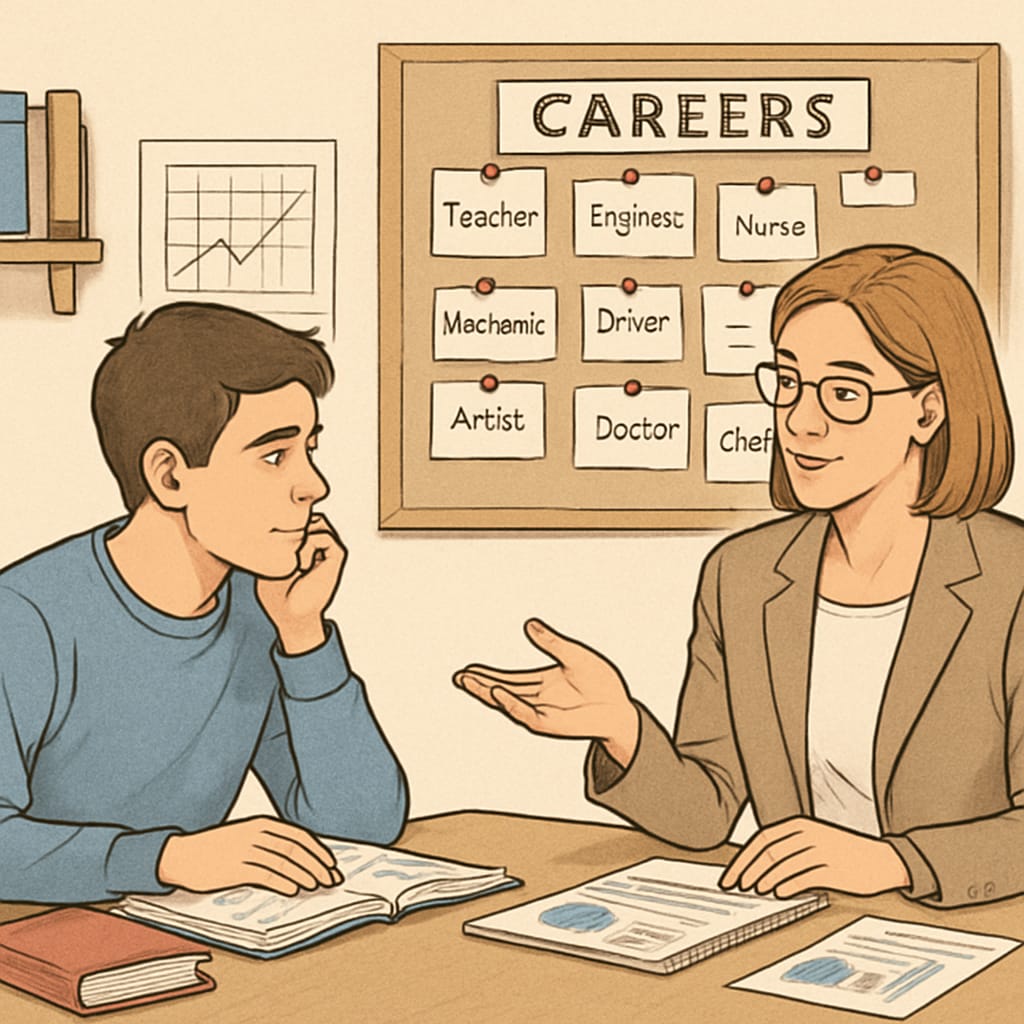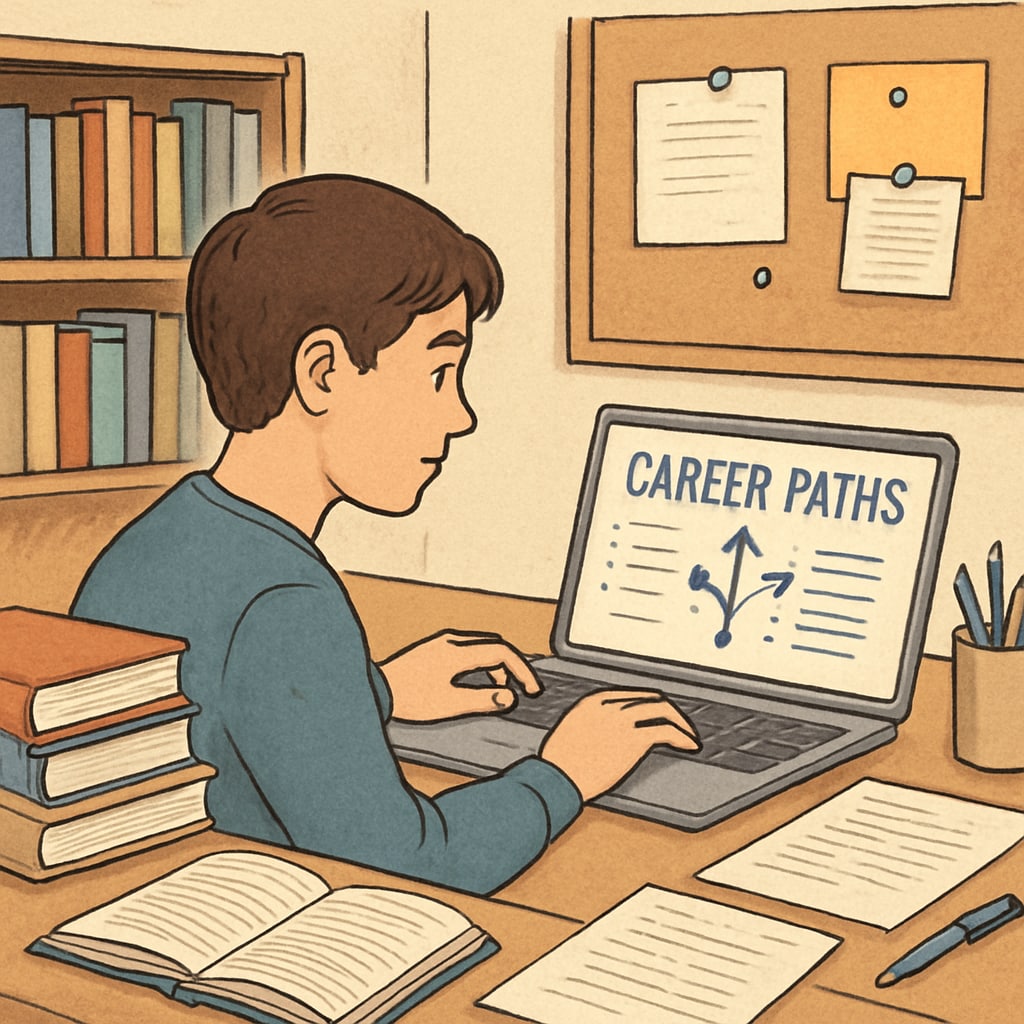Facing academic disruptions, such as dropping out of university, often leads to challenges in academic planning, career direction, and professional growth. Many students struggle to make informed decisions about their next steps, torn between personal passions and the realities of the job market. This article aims to provide guidance on navigating these challenges, emphasizing the importance of systematic career education and interest exploration.
Understanding the Importance of Early Career Planning
Early career planning during K-12 education plays a pivotal role in shaping a student’s future. It helps them recognize their strengths, interests, and potential career paths before encountering major academic disruptions. Unfortunately, many educational systems lack structured programs to guide students in aligning their passions with feasible career options.
For example, integrating career counseling and aptitude testing into high school curricula can prepare students to make more informed decisions. By identifying interests and market demands early on, students can select university courses or vocational training programs that align with their goals.

Balancing Personal Interests with Practical Needs
When academic disruptions occur, students often face the dilemma of pursuing their passions versus choosing a profession with strong job prospects. While passion is essential for sustained motivation, practical considerations such as financial stability and market demand cannot be ignored.
To strike this balance, students should:
- Research industries and job roles that align with their interests.
- Identify transferable skills they possess or can develop further.
- Seek advice from professionals or mentors in their chosen field.
For instance, a student passionate about art might explore careers in graphic design or animation, fields that blend creativity with growing demand in the digital age.

The Need for Systematic Career Education
Systematic career education is crucial for guiding students through academic disruptions. Programs that focus on skill development, mentorship, and real-world exposure can bridge the gap between personal aspirations and employment opportunities. For example, vocational training and internships provide hands-on experience, making students more employable in competitive fields.
Moreover, online platforms such as Britannica’s Career Development and other career planning tools offer valuable resources for exploring pathways. Institutions should leverage these tools to ensure students receive adequate support during their transition.
Final Thoughts: Embracing Flexibility in Career Choices
Academic setbacks do not define a student’s future; rather, they offer an opportunity to reassess goals and pivot towards a fulfilling career. By embracing flexibility and seeking guidance from mentors and educators, students can navigate their challenges effectively.
Ultimately, the key to overcoming career planning obstacles lies in balancing passion with practicality, supported by systematic education and individualized exploration.
Readability guidance: Use concise paragraphs and structured lists to summarize key points. Ensure transitions like “however,” “for example,” and “as a result” guide the reader smoothly through the text.


